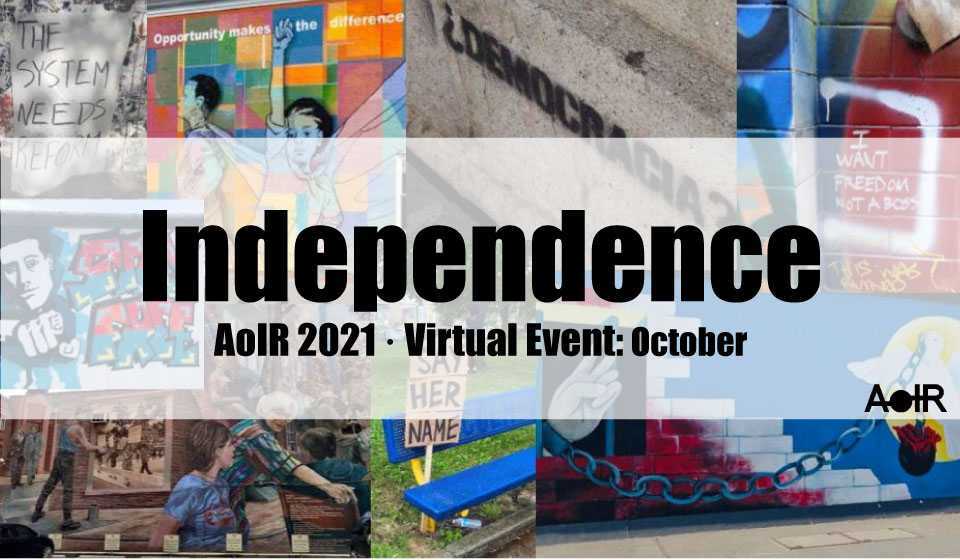NEOLIBERAL CARTOGRAPHY: A VISUAL-SEMIOTIC ANALYSIS OF THREE NAVIGATION APPS
DOI:
https://doi.org/10.5210/spir.v2021i0.12142Palabras clave:
Maps, Navigation, Apps, Neoliberalism, SemioticsResumen
The proposed presentation adopts visual-semiotic tools to analyze the virtual environment conjured by the apps Waze, Moovit and Gett. Recent work has pointed to the complicated relationship between maps and the spaces they purportedly depict, interpreting maps as simulacra that are intimately intertwined in the ideology and design of gaming. In the presentation, we develop a semiotic walkthrough method that allows us to identify four representational practices of these widely used navigation apps: the map is personalized and adopts the perspective of the user – in Waze the arrow represents the user rather than e.g. the North; the map is commercial in that it is informed by the economic model of the app, e.g Waze presenting only those gas stations that pay the company; the map offers a visual depiction of time – arguably, time rather than space is its raison d’être; and lastly, the map is reflexive, incorporating users’ data both to regulate their behavior (speed alert) and to seemingly subvert surveillance (police alert). In this cartographic regime, the map user adopts a “self as business” (Gershon, 2017) logic in which navigation must constantly create value, as the map becomes less a tool for regulating behavior and more, a tool for producing it (Zuboff, 2019).Descargas
Publicado
2021-09-15
Cómo citar
Baum, I., & Ribak, R. (2021). NEOLIBERAL CARTOGRAPHY: A VISUAL-SEMIOTIC ANALYSIS OF THREE NAVIGATION APPS. AoIR Selected Papers of Internet Research, 2021. https://doi.org/10.5210/spir.v2021i0.12142
Número
Sección
Papers B

